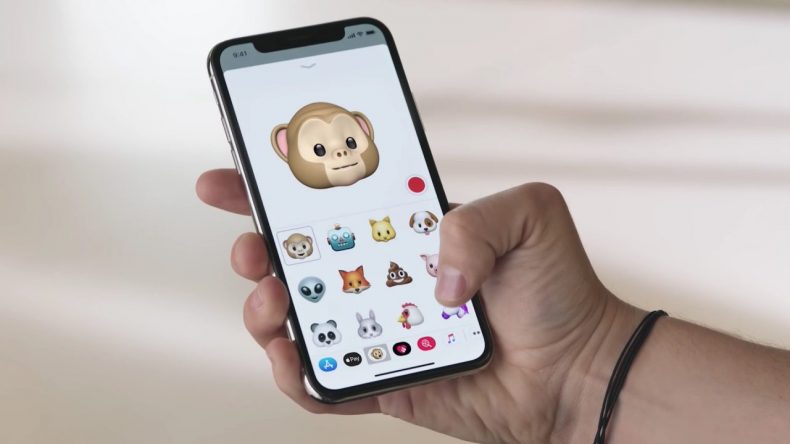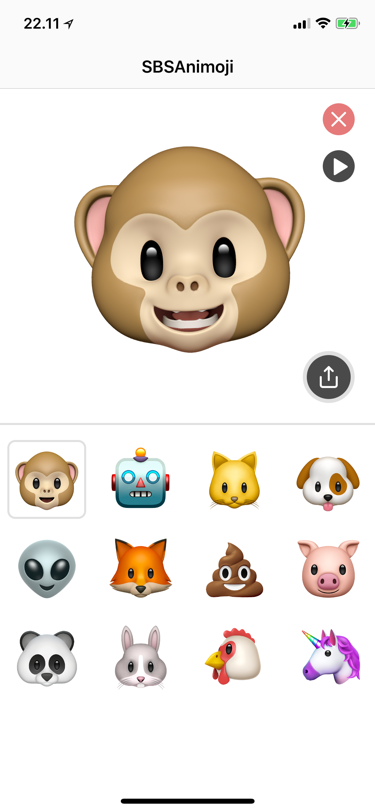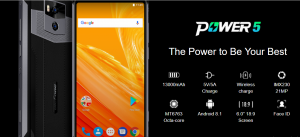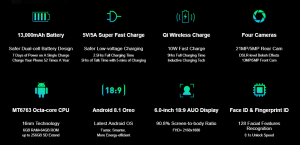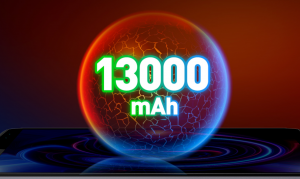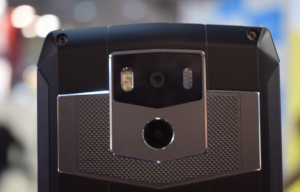Crypto traders to file lawsuit against Coincheck over freezing of withdrawals

Crypto traders of Coincheck are suing the exchange to get their money back after freezing of wallets.
The biggest hack of the crypto world in 2018 happened last month when the popular Japanese cryptocurrency exchange, Coincheck claimed to lost at least $400 million worth of crypto coins in users' funds to hackers. Afterwards, the company restricted withdrawals of all currencies, including Yen, and trading of cryptocurrencies excluding Bitcoin.
For now, it appears that crypto traders of Coincheck will not let it go like that and they can't bear any delay in withdrawals. According to Reuters, ten traders will file the claim at the Tokyo District Court over Coincheck's freezing of cryptocurrency withdrawals. This has been revealed by a lawyer representing the plaintiffs named Hiromu Mochizuki.
Coincheck froze transactions on its platform, holding plenty of virtual wealth hostage in the process after the hack of around 500 million NEM tokens occurred on its website. For now, the expected lawsuit demands that Coincheck let the plaintiffs withdraw their virtual currencies in order to remove them from the platform and relocate the coins to external wallets.
According to Reuters, the group may pursue a follow-up lawsuit for damages related to the hack later in February. However, Coincheck has earlier ensured that it will resume withdrawals after "[completing] the technical safety confirmation with the cooperation of external experts."
The representatives of plaintiffs, Mochizuki has said that "the traders will request that Coincheck allows them to withdraw cryptocurrencies to "wallets" – folders used for storing digital money – outside the exchange. The group may launch a second lawsuit at the end of the month to claim for damages over the heist."
Meanwhile, another crypto firm based in Italy has recently claimed that it has lost $170 million worth of Nano tokens to hackers, a digital coin which was called RaiBlocks previously

